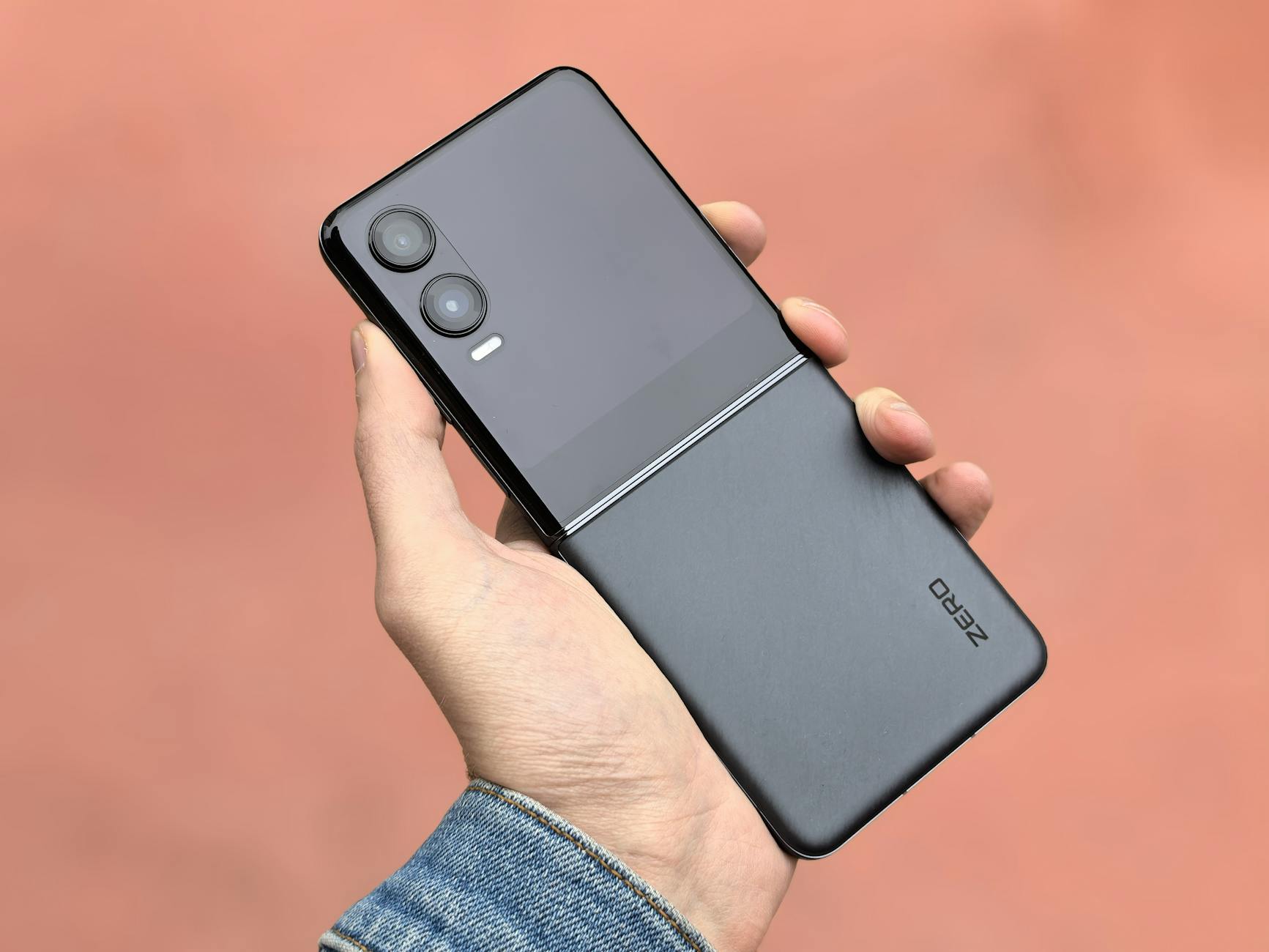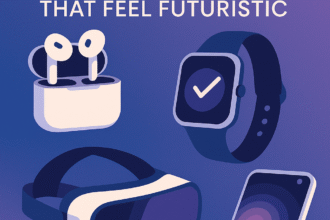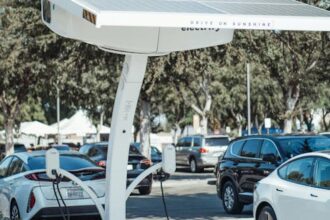Smartphones have evolved from bulky bricks with monochrome screens to sleek, glass-and-metal devices that pack the computing power of a laptop in your pocket. But as we enter the mid-2020s, the smartphone market is shifting again—this time toward foldable designs, AI-driven chips, and entirely new interfaces that may redefine what we expect from our everyday devices.
The big question: What does the future of smartphones really look like?
The Current Smartphone Landscape
The global smartphone market is vast, with over 1.2 billion units shipped annually as of 2023 [Statista]. Yet growth has slowed, with many consumers holding onto devices longer than before. Innovations have shifted from incremental updates—better cameras, brighter screens—to breakthrough changes like foldable displays and on-device AI acceleration.
Tech giants like Apple, Samsung, Huawei, and Google are rethinking the smartphone’s role in a world where wearables, AR glasses, and IoT devices are becoming just as important. The smartphone is still the hub of our digital lives, but its form and function are evolving rapidly.
Foldables: More Than a Gimmick?
Why Foldables Matter
Foldable phones—once dismissed as fragile or impractical—are finally maturing. Samsung has led the charge with its Galaxy Z Fold and Flip series, while competitors like Huawei and Oppo push innovative designs. Market analysts project foldables could capture 5–10% of premium smartphone sales by 2027 [IDC].
Foldables matter because they challenge the traditional slab design that has dominated for over a decade. They offer the portability of a phone with the screen real estate of a tablet, enabling new use cases for productivity, gaming, and entertainment.
The Technology Behind the Flex
Flexible OLED displays, ultra-thin glass, and advanced hinge engineering have made foldables viable. But challenges remain—durability, cost, and software optimization are still hurdles.
As these devices get lighter, cheaper, and more robust, foldables could go mainstream, much like how large-screen smartphones (once called “phablets”) became the norm a decade ago.
AI Chips: The Smartphone’s New Brain
From CPUs to NPUs
The future of smartphones is not just about hardware design—it’s about intelligence. Enter the NPU (Neural Processing Unit), a chip designed specifically for AI tasks. Apple’s A17 Pro, Google’s Tensor G3, and Qualcomm’s Snapdragon 8 Gen 3 all emphasize on-device AI capabilities.
Why does this matter? Because AI chips allow phones to handle tasks like real-time translation, advanced photography, and predictive text without relying on the cloud. This means faster processing, better privacy, and lower power consumption.
Everyday AI in Your Pocket
Imagine your phone editing videos automatically, summarizing emails, or generating custom wallpapers using generative AI models—all in seconds. Some of these features already exist in early forms, but as AI chips advance, smartphones could become true personal assistants that understand context, preferences, and routines.
Beyond the Screen: Smartphones as Ecosystem Hubs
Integration with Wearables and AR
Smartphones are increasingly the control center for connected devices—smartwatches, earbuds, VR headsets, and even cars. The rise of augmented reality (AR) could accelerate this trend. Apple’s Vision Pro headset and Meta’s Quest devices hint at a future where AR glasses connect seamlessly to smartphones, offloading processing power.
In this model, the phone may become the “brain,” while wearables act as “senses” and “extensions.” For example, AR glasses might display navigation directions, while the smartphone does the heavy computation in your pocket.
Satellite and Beyond 5G
Connectivity is another frontier. Satellite-based features, like Apple’s Emergency SOS, are just the beginning. As 6G networks emerge in the 2030s, smartphones could offer near-instant global connectivity, bridging gaps where traditional networks fail.
Sustainability and Modular Design
With growing awareness of e-waste, smartphone makers face pressure to design more sustainable devices. Companies like Fairphone are experimenting with modular designs, allowing users to replace components instead of upgrading the whole phone.
Meanwhile, longer software support—Apple offers up to 7 years now—is becoming a competitive advantage. Future smartphones may be judged not only by specs but also by how well they age.
Could Smartphones Disappear?
The boldest vision for the future isn’t a foldable phone or an AI-powered chip—it’s the end of the smartphone as we know it. Some futurists argue that AR glasses, brain-computer interfaces, and ambient AI assistants could replace the need for a rectangular screen entirely.
While this remains speculative, history shows that dominant devices rarely last forever. Just as PCs gave way to laptops, and MP3 players disappeared into phones, the “slab smartphone” may eventually be replaced by something radically different.
Key Takeaways
- Foldable smartphones are moving from niche to mainstream, offering new possibilities for design and productivity.
- AI chips (NPUs) are turning phones into intelligent assistants, enabling faster, more private, and more powerful features.
- Ecosystem integration will make smartphones central hubs for AR glasses, wearables, and smart devices.
- Sustainability and modularity are becoming important differentiators as consumers demand longer-lasting, repairable phones.
- The long-term future may see the smartphone itself replaced by new forms of computing, like AR or brain-computer interfaces.








